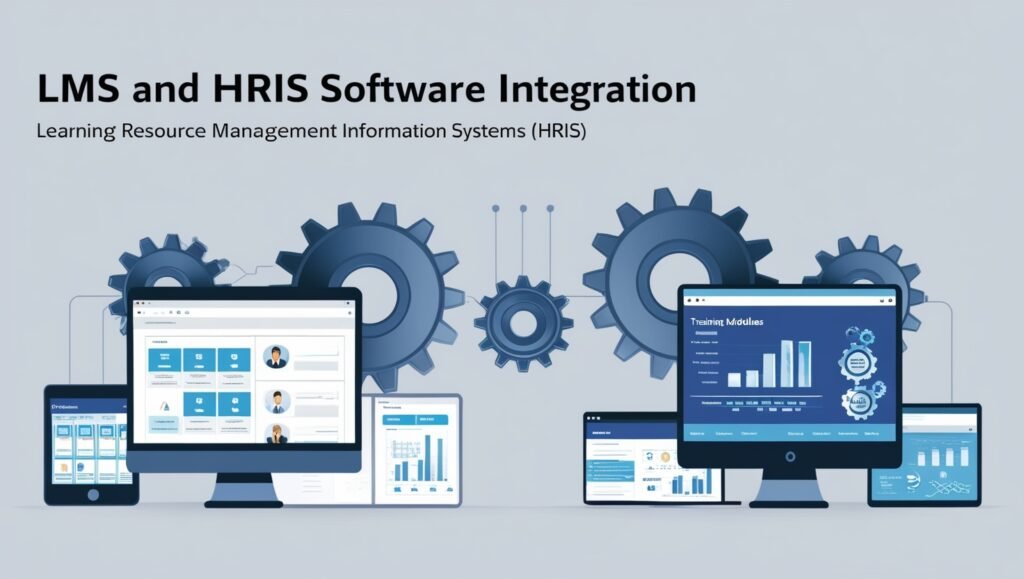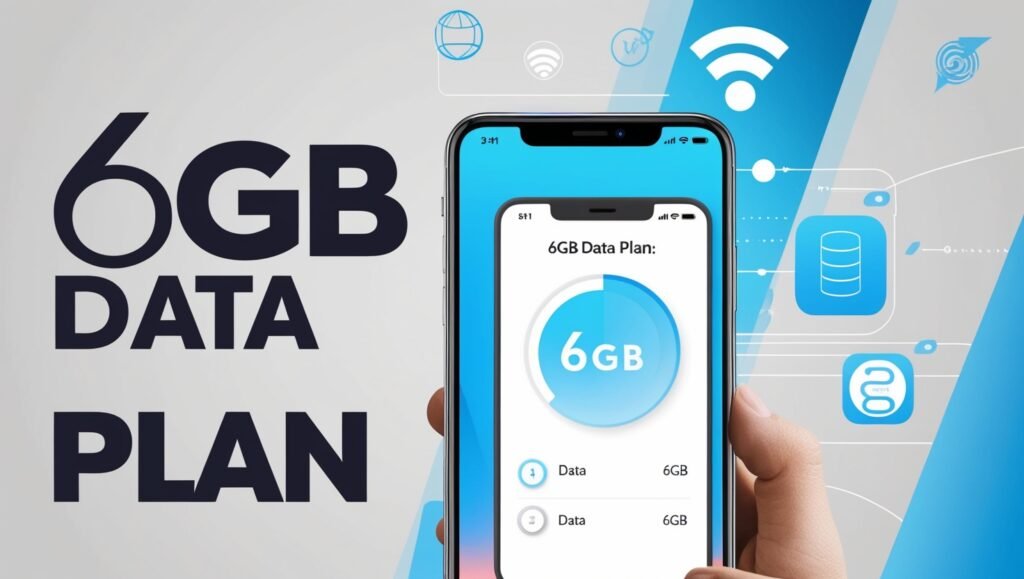Making sure your employees are doing their duties to the best of their ability depends on them receiving training. It’s not only for fresh hires picking their way around. Training helps even the most seasoned staff members. Training helps staff members be better performers and ready for advancements inside the organization.
Tracking employee training and analyzing the outcomes of the training may be done rather well by combining an LMS with an HRIS. But what exactly LMS is?
Table of Contents
What Is an LMS?
Learning management systems are LMS. Administering training and development initiatives, it is a software system.
Additionally documenting, tracking, analyzing, automating, and creating reporting on training initiatives is an LMS. A few HR systems now include LMS capabilities right into the program. Others might have to interact through an other LMS.
What Is an LMS Used For?
Employee development and training follow from an LMS. For new hires learning what they need for their new jobs, it can offer instruction. But since an LMS guarantees staff get the training required for advancements, it may also help with succession planning.
Who Can Benefit from an LMS?
Using an LMS helps HR experts as well as staff members. Offering managers and HR tracking of which workers have finished which facets of their training using an LMS makes things simpler. They can also examine the outcomes and produce reports grounded on the facts.
An LMS provides a practical approach for staff members to learn and train free from needing to sit through lectures modeled like classrooms. More management of their training lets workers take charge of their own professional growth. Having such control for their own learning also enables workers to feel more in charge of their own careers.
What Are the Benefits of an LMS?
Training has always consisted in-class lectures, hands-on demonstrations, or reading dry manuals. An LMS flips all of that. Using software to handle staff development and training gives a lot of choices for how you provide that instruction. Workers can pick knowledge in a manner most fit for them.
For training, what advantages exists from utilizing an LMS?
Training Is More Personalized
Customizing training programs for every employee is easier with an LMS. Employees not only have varied preferred learning styles but also diverse training demands. Different staff members and jobs will call for different skills. An LMS can monitor every employee’s learning requirements.
Employees could also be able to influence their own training on top of things. If staff members have a knowledge foundation, they can select further training beyond what is needed for their existing roles to help direct their careers.
Analytics Lead to Actionable Goals
Using an LMS helps one to customize training courses for every employee. Employees not only have different preferred learning styles but also different training needs. Different occupations and staff members will call for different talents. An LMS can track the learning needs of every staff member.
Employees might also be able to affect their own top-notch training on top of stuff. Staff members who have a knowledge basis can choose additional courses outside of what is required for their current positions to guide their careers.
Identifying Top Talent
Using an LMS allows you to monitor the training courses each of your staff members has finished as well as their skill set. Over their whole employment with the organization, you can see the education and training of a person. This can let HR experts and managers decide on increases, incentives, and promotions. It can also assist managers in yearly or other performance evaluations.
Key LMS Features
Using an LMS lets you track the skill set and completion of the training courses any staff member has completed. One can see personal education and training across their full job with the company. HR professionals and managers can then choose on promotions, incentives, and raises. It can also help managers with annual or other performance assessments.
Course and Content Creation
The capacity of an LMS to provide e-courses for training is among its most practical aspects. Creating those courses initially might be challenging, though, if your LMS does not include tools for course creation and editing. Not every LMS program includes a course editor. Your LMS should be able to design courses, upload media including PDFs and PowerPoint presentations, recycle content, handle course corrections, and personalize course materials.
Facilitating Classroom Training
Not every training course will be offered virtually. Although the LMS will be primarily handling virtual courses—the training for which it is equipped—it should be able to also interface with in-person courses. Search for tools that will enable you to include a classroom training session into your LMS.
These can include:
- Scheduling/booking
- Promoting the course
- Sending out reminders
- Virtual course exercises
- Managing attendees and registration
Social Features
Effective running of a business depends on good communication. Although not all training will be group, employees should have the choice to interact with one another. The LMS ought to incorporate chat and groups among other communication tools. Workers can instantly receive answers to any queries they have and conduct conversations with one another regarding the content they are studying. Through discussion and teamwork, staff members can improve their knowledge of the subject and find the training more engaging than merely responding to exam questions.
Training Gamification
Creating training into a game is not the best approach to make it more interesting. Gamification tools included in certain LMS systems help to make staff training more enjoyable. Among these elements might be a leaderboard, scoring systems, badges and rewards for successes, and extra incentives management might provide—gift cards. Employee friendly competitiveness might inspire them to give training more of their own effort. Moreover, if training is enjoyable, staff members will pick things faster and better.
Multiple Learning Paths
Not every staff member will require exactly the same training. New staff members should have an obvious road to follow. This new hires path should provide a strong basis for the employee to not only start operating effectively as fast as feasible but also to provide conditions for future learning. Those who have been with the organization longer should have learning routes most pertinent to their line of work. Training needs of various divisions would differ. Part of succession planning, an employee might have particular talents they need to pick up.
Mobile-Friendly Access
Employees should be able to access their LMS training courses as easily as your LMS should make it. This implies it must to be available on cellphones and remotely. Employees will study and finish their training more quickly the more easily they may use the LMS on their own terms.
Completion Certificates
Tracking staff development and audits depend on certificates of completion. Embedded in an LMS, an e-signature function makes it simple to confirm staff members have finished courses. Certificates also enable businesses to keep compliant with any training needs.
Interoperability
Your organization will employ other applications besides an LMS. Consequently, it is crucial to make sure the LMS can interact readily with other software programs. The learning management system should be able to sync data across several platforms so HR personnel are not manually inputting training data into another system.
LMS and HR Software
A few HR systems could already offer an LMS within their set of capabilities. Should you have training tools for staff members outside of your HRIS, it is crucial that the two systems interact harmonically. They should be able to combine so that nobody needs to enter data twice. Reducing double data entering will help to guarantee data accuracy between the two program solutions. Additionally ensuring that patterns and trends are readily seen is close integration between the two.
Seeking an HRIS with learning management tools? Let us assist you to choose the correct program for your business. To begin your search, visit our Software Match page.
What is an HRIS?
A Human Resource Information System (HRIS) is a program designed to oversee and streamline certain HRIS tasks using automation. Among these procedures are payroll, benefits administration, personnel data management, hiring, and performance control. Among HRIS applications are BambooHR, Workday, and SAP SuccessFactors.
The Importance of Integration
Businesses trying to establish a flawless flow between HR administration and employee training must first combine LMS and HRIS. This interface guarantees flawless data flow between the two systems, therefore removing the need for human data entering and lowering the danger of mistakes. It also offers a whole picture of staff performance by merging HR statistics with training indicators.
Best Practices for LMS and HRIS Integration
- Involve Key Stakeholders: Engage HR, IT, and training departments in the integration process to ensure all needs are met.
- Focus on User Experience: Ensure that the integrated system is user-friendly and provides a seamless experience for employees.
- Continuous Improvement: Regularly review and update the integrated system to keep up with changing needs and technological advancements.
- Data Security: Implement robust security measures to protect sensitive employee data.
Case Studies: Successful Integrations
Case Study 1: XYZ Corporation
By effectively combining their LMS and HRIS, XYZ Corporation reduced administrative work load and increased training completion rates by thirty percent. The connection made real-time tracking of staff development possible as well as automated participation in training courses.
Case Study 2: ABC Enterprises
Once ABC Enterprises merged its LMS and HRIS, data accuracy and compliance reporting showed notable increases. By removing manual data entering, the integration guaranteed always current training records and helped to lower mistakes.
Conclusion
Strategic integration of LMS and HRIS systems provides several advantages, from better data accuracy and efficiency to simplified procedures and higher staff performance. Although the integration process might provide problems, the benefits much exceed any obstacles. Following best standards and keeping current with upcoming developments can help companies use this integration to reach their objectives and remain competitive in the digital world.
FAQs
1. What is the primary benefit of integrating LMS and HRIS?
The main advantage is increased efficiency by automated data transfer, therefore lowering mistakes and human data entering.
2. Can small businesses benefit from LMS and HRIS integration?
Indeed, integration improves data quality and streamlines HR and training procedures, therefore benefiting small enterprises.
3. How long does the integration process typically take?
The degree of complexity of the systems and the volume of data to be transferred determine the length of time needed. It could last several weeks or many months.
4. What are the key factors to consider when choosing LMS and HRIS software?
Important considerations include cost, scalability, support services, fit, and simplicity.
5. Is it necessary to involve all departments in the integration process?
Indeed, including important players from HR, IT, and training divisions guarantees that all demands are satisfied and the integration goes well.




